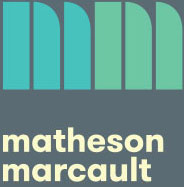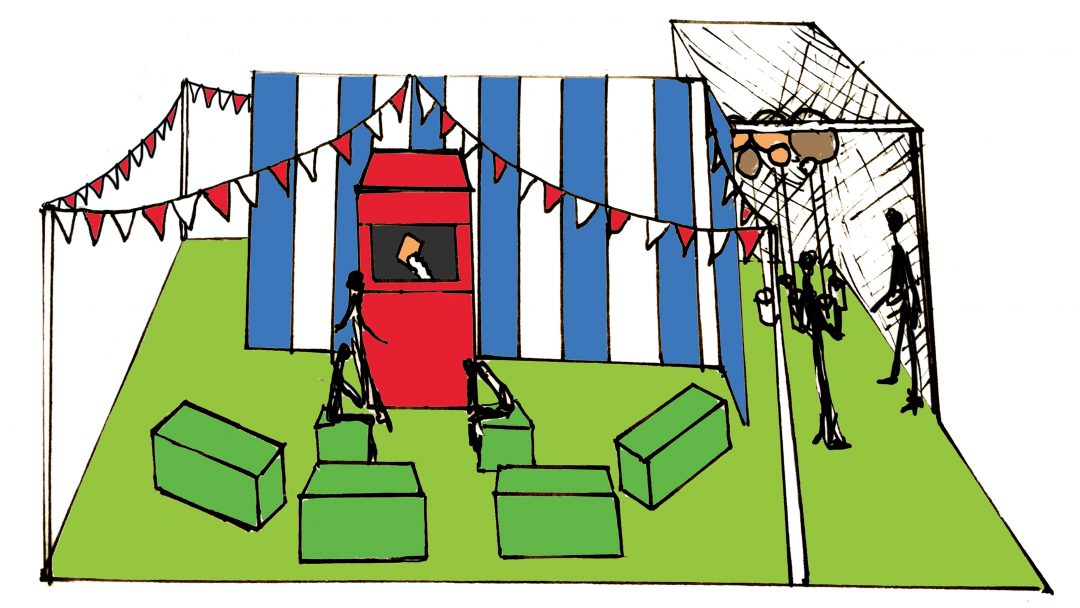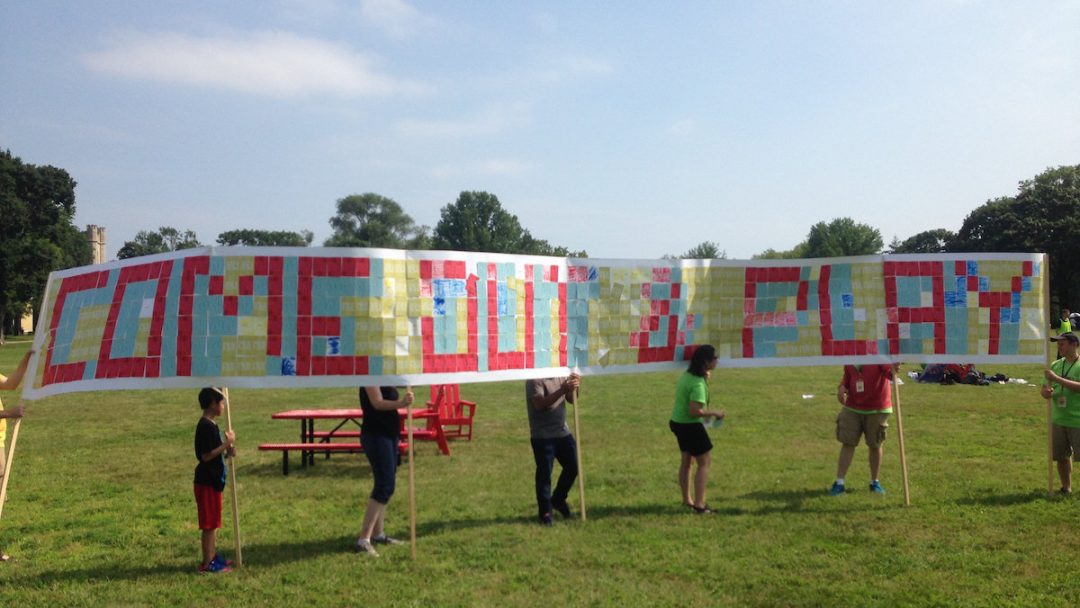Have you ever been at a village fete, and found it just a little too… unscientific? Or wandered around a science festival and wished for some real festivities?
Well, we’re coming to New Scientist Live – a four-day festival of ideas and discovery, taking place at ExCeL London – with a solution to exactly those problems. You can challenge your friends and beat the clock in four cosmos-themed events at this space age fair:
- Knock the planets from their perches in our Planet Shy – but be careful, the planets are made to scale, so your aim is going to have to be pretty good if you want to get Mercury.
- Overcome the fallibility of your delicate human mind in So Wrong It’s Right, a head-to-head gameshow that pits you against your friends and against the Stroop Effect
- Become master of the solar system in The Two Body Problem, a gravitational simulation that challenges you to choose an orbit that isn’t immediately disastrous
- Prove your worth as an astronaut in Saffron Parker’s Space on Earth, a co-operative game that asks you to work with a friend while you both wear spacesuit gloves
The Scientific Village Fete will be running at New Scientist Live from 22 to 25 September.


